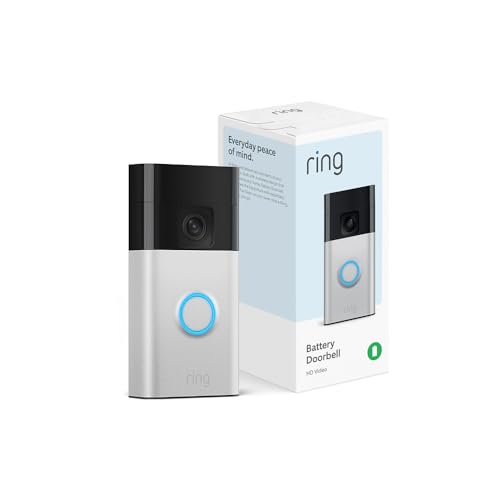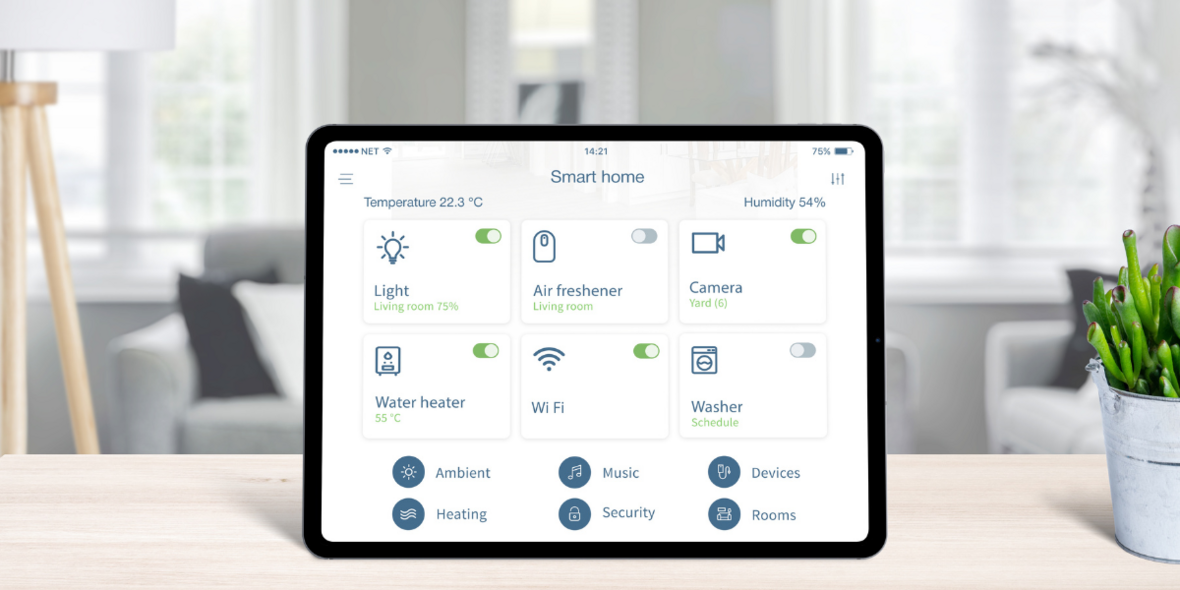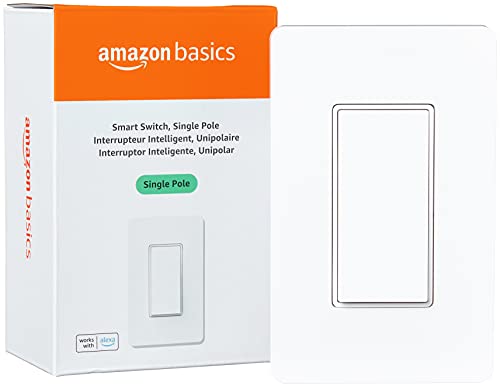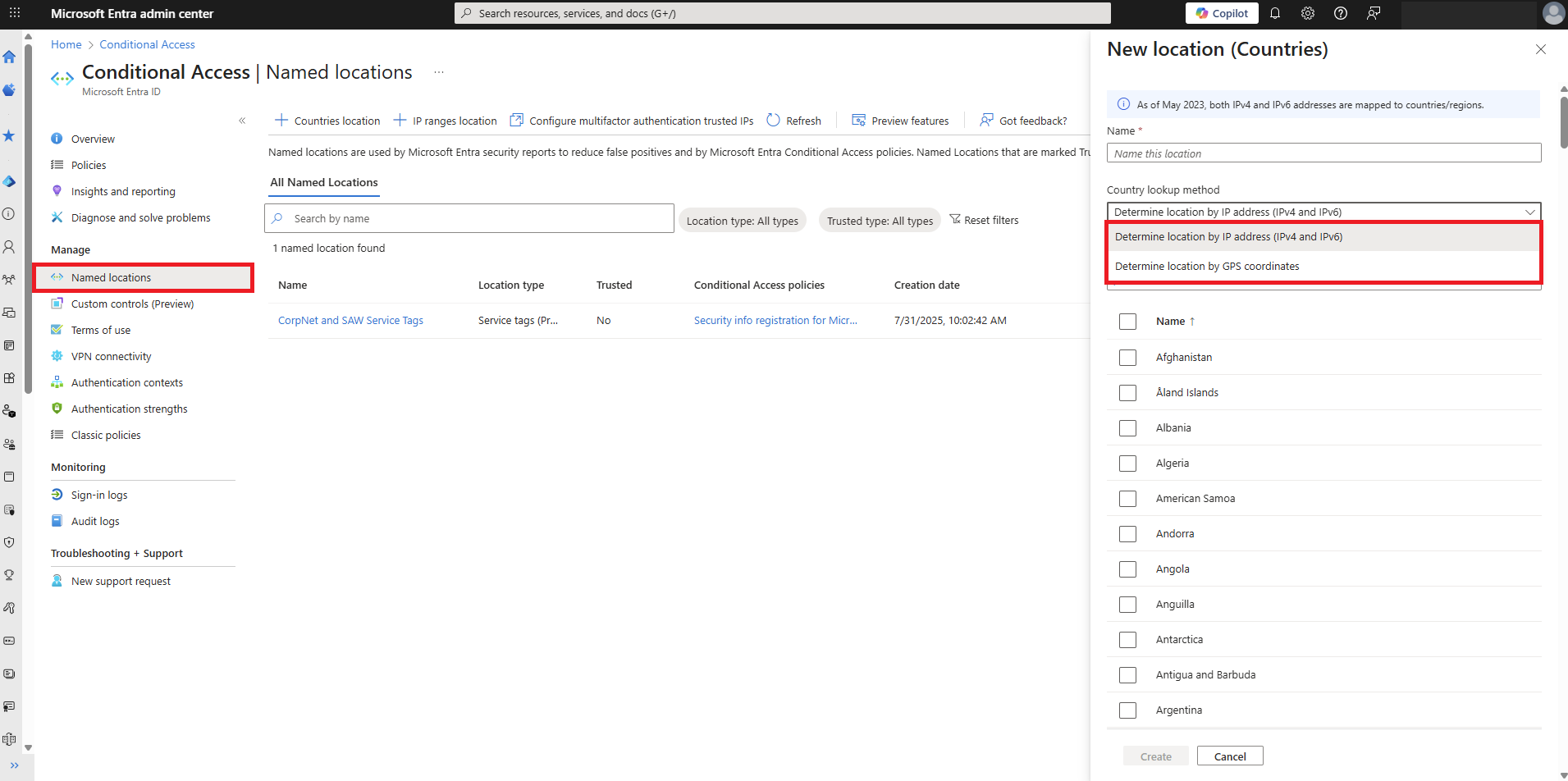Imagine walking into your home and instantly feeling safe, relaxed, and in control. What if your home could watch over your family, protect your belongings, and give you peace of mind—whether you’re inside or miles away?
That’s exactly what smart home technology offers. If you want to make your life easier and your home safer, keep reading. This guide will show you how simple changes can bring big comfort and security to your everyday life. Your peace of mind is just a few smart steps away.
Benefits Of Smart Home Systems
Smart home systems bring many advantages to daily life. They help make homes safer, save energy, and add comfort.
These systems use technology to connect devices and let you control them easily. This creates peace of mind for homeowners.
Enhanced Security Features
Smart home security improves protection for your home and family. You can watch your home anytime from your phone.
Smart alarms and cameras alert you of unusual activity. You can also lock or unlock doors remotely.
- Real-time alerts for suspicious events
- Remote control of locks and alarms
- Video monitoring from anywhere
- Integration with emergency services
Improved Energy Efficiency
Smart systems help reduce energy use by controlling lights and appliances. They turn off devices when not needed.
Smart thermostats adjust the temperature based on your schedule. This saves energy and lowers bills.
- Automatic lighting control
- Smart thermostat scheduling
- Energy use monitoring
- Remote appliance management
Convenience And Automation
Smart home systems automate daily tasks to save time. You can set routines to control devices automatically.
Voice control and mobile apps make it easy to manage your home from anywhere. This adds comfort and simplicity.
- Scheduled routines for lighting and appliances
- Voice commands for easy control
- Remote access via smartphone apps
- Customizable automation settings

Credit: www.youtube.com
Key Safety Devices
Smart home safety devices help protect your family and property. They give you control and alerts anytime.
Using the right devices keeps your home safer and gives peace of mind. Let’s look at key safety tools.
Smart Locks And Access Control
Smart locks replace traditional keys with digital codes or apps. You can lock and unlock doors remotely.
Access control lets you decide who can enter your home and when. It can track all entries and exits.
- Use codes or smartphone apps to open doors
- Set temporary access for guests or workers
- Receive alerts when doors open or close
- Integrate with other smart home devices
Surveillance Cameras
Surveillance cameras watch your home inside and outside. They record video you can see anytime.
Many cameras send alerts if they detect motion or unusual activity. This helps spot problems early.
- Monitor entrances and driveways
- Check live or recorded footage from anywhere
- Use night vision for low-light areas
- Get alerts for movement or sound
Smoke And Carbon Monoxide Detectors
Smart detectors sense smoke and carbon monoxide quickly. They alert you by sound and on your phone.
These devices help prevent fires and poisoning. They often connect to other safety systems in your home.
- Detect smoke or harmful gases early
- Send alerts to smartphones and alarms
- Test and silence alarms remotely
- Link with smart home hubs for faster response
Comfort-boosting Technologies
Smart home technology makes daily life easier and more comfortable. It helps control your environment with simple tools.
These devices work together to improve comfort, save energy, and give you peace of mind.
Smart Thermostats
Smart thermostats adjust the temperature in your home automatically. They learn your schedule and keep rooms comfortable.
They save energy by reducing heating or cooling when no one is home. You can also control them from your phone.
- Automatic temperature adjustments
- Remote control via smartphone apps
- Energy usage reports
- Easy programming for daily routines
Automated Lighting
Automated lighting turns lights on or off based on your presence or time of day. This creates a cozy atmosphere.
You can set lights to dim or brighten at certain times. This helps you relax and saves electricity.
- Motion sensors for automatic lighting
- Scheduled on/off times
- Adjustable brightness levels
- Control lights from your phone
Voice-controlled Assistants
Voice assistants let you control smart devices with simple commands. They respond to your voice instantly.
You can ask them to play music, adjust lights, or check the weather. They make daily tasks faster and easier.
- Hands-free control of smart devices
- Quick access to information
- Set reminders and timers
- Connect with other smart home tools

Credit: www.youtube.com
Integrating Systems For Seamless Control
Smart homes bring many devices together for comfort and security. Connecting these devices helps users control them easily.
Integration means all systems work as one. This creates peace of mind and saves time managing the home.
Centralized Hubs
Centralized hubs act as the brain of a smart home. They link all devices in one place for easy control.
With a hub, you can manage lights, locks, cameras, and more from one system. This reduces confusion and keeps everything connected.
- Connects different brands and devices
- Allows automation of daily tasks
- Improves security by monitoring all sensors
Mobile App Management
Mobile apps let you control your smart home from anywhere. You can check status and change settings on the go.
Apps show alerts and let you act quickly. This helps keep your home safe and comfortable even when you are away.
- Turn devices on or off remotely
- Receive real-time notifications
- Set schedules and scenes easily
Interoperability Between Devices
Devices that work well together make smart homes simpler. Interoperability means they communicate and share information smoothly.
This allows you to create rules, like turning on lights when a sensor detects movement. It makes your home responsive and smart.
- Supports multiple brands and protocols
- Enables automation across devices
- Enhances user experience and convenience
Protecting Privacy And Data
Smart homes use many devices that collect data. Protecting privacy and data is very important.
Good security helps keep your personal information safe from hackers and misuse.
Secure Network Practices
Use strong passwords for your Wi-Fi network. Avoid simple or default passwords.
Set up a separate network for your smart devices. This limits access to important files.
- Use WPA3 encryption on your router
- Change your Wi-Fi password often
- Disable remote access when not needed
- Turn off unused network features
Device Authentication
Smart devices should require strong authentication. This stops unauthorized use.
Use two-factor authentication if your device supports it. It adds an extra security step.
- Set unique usernames and passwords for each device
- Enable biometric or PIN codes when possible
- Verify new devices before adding them to your network
Regular Software Updates
Keep your devices’ software up to date. Updates fix security holes and bugs.
Turn on automatic updates if available. Check for updates regularly if not.
- Update device firmware and apps on time
- Read update notes for security information
- Restart devices after updates to apply changes
Choosing The Right Smart Home Setup
Setting up a smart home can make life easier and safer. Picking the right devices is important for your needs.
This guide helps you choose a smart home setup that fits your lifestyle and budget.
Assessing Your Needs
Start by thinking about what you want from your smart home. Do you want better security or more convenience?
Make a list of features like lighting control, cameras, or smart locks that matter most to you.
- Security cameras for home safety
- Smart lights for easy control
- Voice assistants for hands-free use
- Thermostats to save energy
Budget Considerations
Smart home devices come in many price ranges. Decide how much money you want to spend.
Keep in mind that some devices need monthly fees or extra equipment.
- Set a clear budget before buying
- Compare prices of similar devices
- Watch for hidden costs like subscriptions
- Start small, add more later
Scalability And Future-proofing
Choose devices that work well with others and can grow with your needs. This saves money in the long run.
Look for products that get software updates and support new features.
- Pick systems that connect easily to other devices
- Choose brands with regular updates
- Think about adding more devices later
- Check if devices use standard protocols
Troubleshooting Common Issues
Smart home devices make life easier but sometimes they stop working. Knowing how to fix common problems helps keep your system running smoothly.
This guide covers common issues like connectivity, device compatibility, and power management. Follow these tips to solve problems quickly.
Connectivity Problems
Smart devices need a strong internet connection to work well. Weak Wi-Fi or network issues often cause devices to stop responding.
Check your router and make sure your devices are close enough to the Wi-Fi signal. Restart your router to fix many connection problems.
- Move devices closer to the router
- Restart your router and smart devices
- Check for Wi-Fi interference from other electronics
- Update your router’s firmware
Device Compatibility
Some smart home devices may not work well together. Check if your devices support the same smart home platform.
Use apps or tools that list compatible devices. Avoid mixing devices that use different communication methods like Zigbee and Z-Wave without a hub.
- Confirm device supports your smart home system
- Use hubs for devices with different protocols
- Update device software for better compatibility
- Read manuals for compatibility notes
Power And Battery Management
Smart devices need power to run. Battery-powered devices can stop working if batteries run low or fail.
Check battery levels regularly and replace batteries when needed. Use power adapters for devices that support them to avoid interruptions.
- Monitor battery status in device apps
- Replace batteries with the correct type
- Use rechargeable batteries when possible
- Plug in devices designed for direct power

Credit: www.youtube.com
Frequently Asked Questions
What Is Smart Home Peace Of Mind?
Smart home peace of mind means feeling secure with automated home systems. It ensures safety, convenience, and control remotely, reducing stress about your home’s security.
How Do Smart Devices Improve Home Security?
Smart devices monitor your home 24/7 via cameras, sensors, and alarms. They send alerts to your phone instantly, helping prevent break-ins and emergencies effectively.
Can Smart Homes Reduce Energy Costs?
Yes, smart homes use automated lighting, thermostats, and appliances to save energy. They optimize usage, lowering electricity bills and promoting eco-friendly living.
Are Smart Home Systems Easy To Install?
Many smart home systems are DIY-friendly with simple apps and guides. Professional installation is also available for complex setups, ensuring seamless integration and function.
Conclusion
Smart homes offer a sense of security and comfort. They bring ease to daily life. You can control your home with a simple click. Smart devices help in monitoring and managing tasks. They make life convenient and stress-free. With smart technology, safety becomes a priority.
You stay connected and informed at all times. These systems adapt to your needs and habits. Embrace this technology for a more peaceful home. Enjoy the comfort and assurance they provide every day. Smart homes truly enhance your living experience.
18 min read







